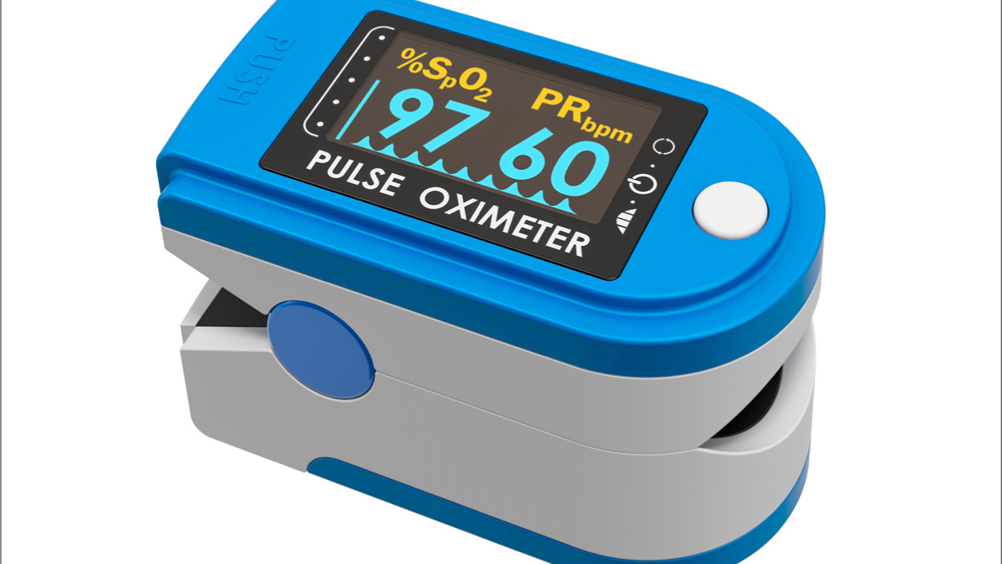References
Measuring oxygen saturation in homecare

Not only has COVID-19 brought with it unprecedented changes to everyday lives, but it has also highlighted simple observations in healthcare. Oxygen saturation levels are key to monitoring respiratory health decline as a result of a range of respiratory diseases and infections, with COVID-19 being the deadliest of these. It is, therefore, of paramount importance that oxygen saturation levels are checked regularly in the community, at home and in residential care settings, not just in the hospital. These levels are often taken when carrying out routine pulse oximetry in homes, but it is important to refresh community nurses' awareness of the value of these mesaurements and update guidelines on their recording.
Pulse oximeters are medical devices that monitor the level of oxygen in a patient's blood and alert the healthcare worker if oxygen levels drop below safe levels, allowing rapid intervention. These devices are regarded as essential in any setting in which a patient's blood oxygen levels requires monitoring, such as during operations, emergency and intensive care, and treatment and recovery in hospital wards (WHO, 2020).Box 1 provides examples of oximeters commonly used in various healthcare settings, including community settings, in the UK. The pulse oximeter should be cleaned between each patient within multi-patient settings and on return from a home care setting, and following decontamination equipment that is returned from residential care settings will need to be checked before it is used again, to ensure it is working correctly (NHS England, 2020).
Register now to continue reading
Thank you for visiting Community Nursing and reading some of our peer-reviewed resources for district and community nurses. To read more, please register today. You’ll enjoy the following great benefits:
What's included
-
Limited access to clinical or professional articles
-
New content and clinical newsletter updates each month

